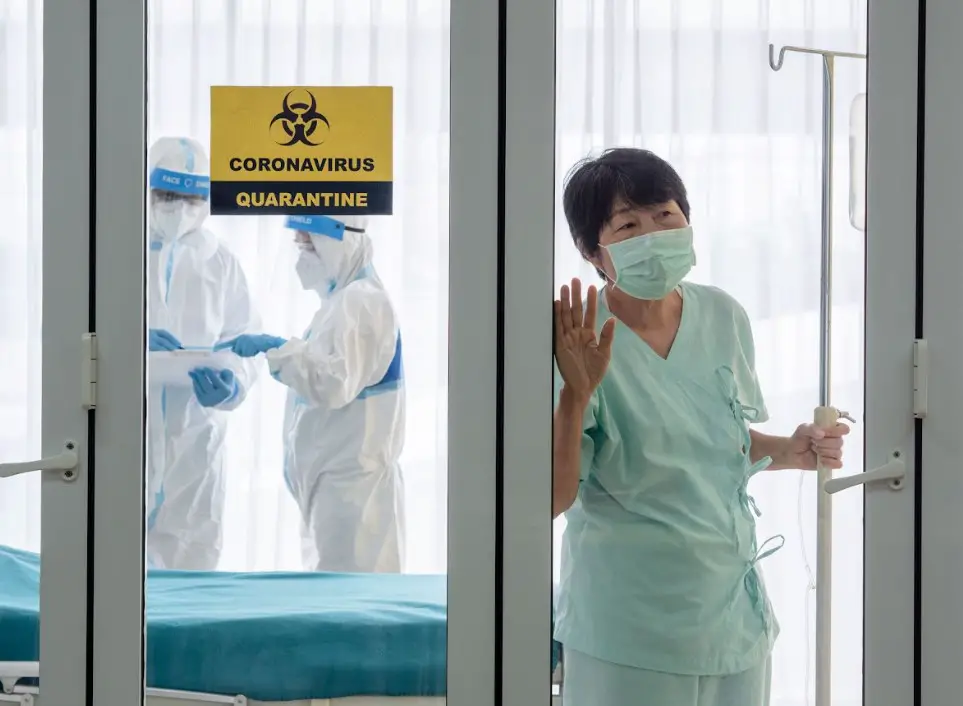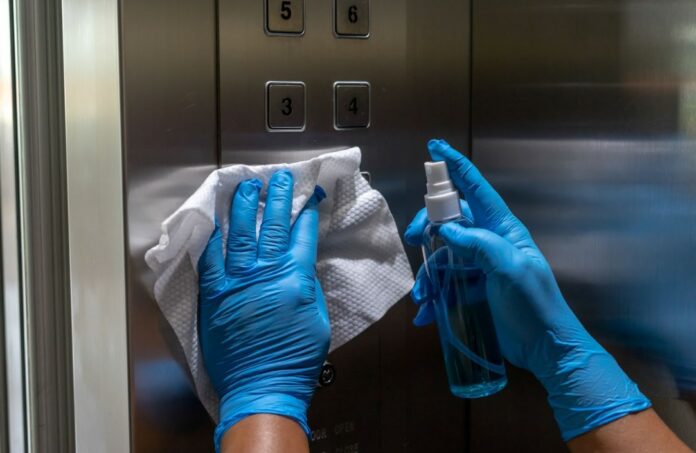Most experts refer to historical events to explain how airborne contaminants can spread diseases. In the late 1800s, Louis Pasteur and Robert Koch discovered how microorganisms cause infections. Their research paved the way for microbiology and helped scientists learn more about infectious diseases.
Meanwhile, the Spanish flu pandemic highlighted the need for effective infection control measures. The emergence of severe acute respiratory syndrome (SARS) in 2002 and the H1N1 flu pandemic in 2009 showed how airborne transmission can be fatal. As a result, infection control measures became more widely implemented.
Nowadays, healthcare facilities use negative pressure isolation rooms and enhanced ventilation systems to prevent the airborne spread of pathogens. With the COVID-19 pandemic, airborne contaminants are more significant than ever.
The history of airborne contaminants highlights the importance of effective infection control measures to protect public health. Controlling airborne contaminants in a healthcare facility is crucial for maintaining a safe and healthy environment.

Here are some ways to prevent them:
- Ventilation Systems
Proper ventilation is essential for controlling airborne contaminants and maintaining a healthy indoor environment. Heating, ventilation, and air conditioning (HVAC) systems can filter and circulate air, minimizing the presence of harmful particles. High-efficiency particulate air (HEPA) filters can reduce the concentration of airborne pathogens, such as viruses and bacteria.
The World Health Organization (WHO) reports that increasing ventilation rates by 50% can lead to a 16% reduction in respiratory infections. Proper ventilation helps dilute and remove airborne contaminants by bringing fresh outdoor air and expelling indoor pollutants. Maintaining adequate airflow can improve indoor air quality and minimize respiratory infections.
- Airborne Infection Isolation Rooms (AIIRs)
A negative pressure isolation room, also known as an airborne infection isolation room (AIIR), is designed to halt the spread of airborne diseases. AIIRs use negative air pressure systems that prevent contaminated air from escaping the room.
This technology filters the air before releasing it. It uses HEPA filters and exhaust systems to minimize the risk of infection transmission. AIIRs are particularly important for patients with airborne diseases like tuberculosis or COVID-19.
Negative pressure isolation rooms are essential for maintaining a safe healthcare environment. They use modern ventilation systems and sealing mechanisms to contain airborne contaminants.
- Regular Cleaning And Disinfection
Keeping airborne contaminants under control is crucial in healthcare facilities. Experts recommend using disinfectants suitable for healthcare settings. It’s essential to follow the instructions from the manufacturer and use the correct dilution ratios for proper disinfection.
When cleaning, you should pay extra attention to doorknobs, handrails, countertops, and medical equipment that people touch often. Pathogens can thrive on these surfaces, and they can also help spread airborne contaminants.
A study published in the American Journal of Infection Control found that implementing cleaning and disinfection measures can significantly reduce the transmission of infections.
Here are some tips for maintaining a clean and sanitized healthcare facility:
- Adhere to rigorous cleaning and disinfection protocols
- Train healthcare personnel on proper techniques
- Maintain a consistent cleaning schedule
By prioritizing cleanliness and implementing robust practices, healthcare facilities can protect the health of patients and staff.
- Hand Hygiene Practices
Healthcare workers should prioritize handwashing. You can also use hand sanitizers to prevent the spread of pathogens in healthcare settings. Washing hands with soap and water for at least 20 seconds requires thorough cleaning.
When soap and water are unavailable, you can use alcohol-based hand sanitizers with at least 60% alcohol content as an effective alternative. Good hand hygiene is crucial in preventing infections, especially in healthcare settings.
Place hand hygiene stations throughout the facility to provide easy access for staff, patients, and visitors. They should be well-stocked with soap, water, hand sanitizers, towels, and hand dryers to encourage compliance with proper hand hygiene practices.
According to the Centers for Disease Control and Prevention (CDC), proper hand hygiene practices can prevent respiratory diseases by 16% to 21%. Regular training and education on hand hygiene protocols are essential for healthcare workers.
Learning proper techniques and understanding the significance of hand hygiene is crucial in infection control. Monitoring and auditing hand hygiene compliance can reinforce adherence to best practices and identify improvement areas.
- Personal Protective Equipment (PPE)
Healthcare workers play a vital role in protecting themselves and patients from airborne contaminants. Proper personal protective equipment (PPE) is essential to their defense.
Here are some examples of PPE:
- N95 respirators provide a high level of filtration. They’re particularly effective in healthcare settings with risks of exposure to infectious particles.
- Surgical masks offer a barrier to respiratory droplets expelled by the wearer.
- Gloves create a barrier against direct contact with potentially contaminated surfaces.
- Gowns provide full-body protection.
- Eye protection, like goggles or face shields, prevents pathogens from entering through the eyes.
The Centers for Disease Control and Prevention (CDC) estimates that 1 in 31 hospitalized patients in the US acquires at least one healthcare-associated infection. Proper use, training, and availability of PPE are essential for ensuring its effectiveness.
Healthcare workers should receive training on the correct techniques for using PPE. Facilities must ensure an adequate supply of PPEs to meet the demands of their staff. PPE is essential for emergency preparedness and ensuring the safety of healthcare workers during outbreaks or pandemics.
Conclusion
Implementing these control measures can reduce airborne contaminants in healthcare facilities, enhancing safety and preventing the spread of infections. Monitoring air quality, performing risk assessments, and educating staff on infection control practices can support effective control strategies.
Prioritizing these measures can help healthcare facilities create a healthier environment. They can minimize the risks associated with airborne contaminants and safeguard the well-being of patients and healthcare workers.


